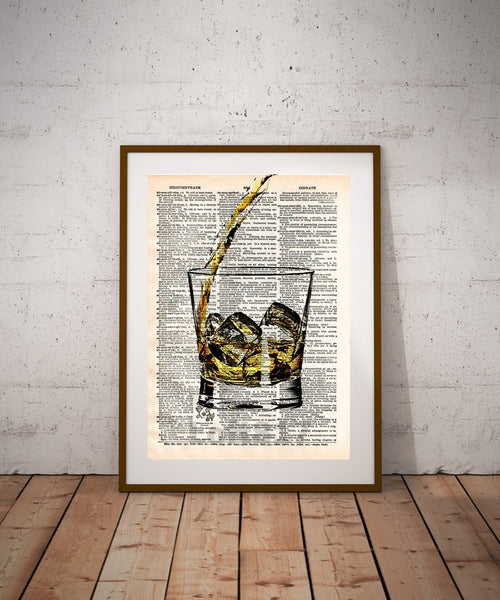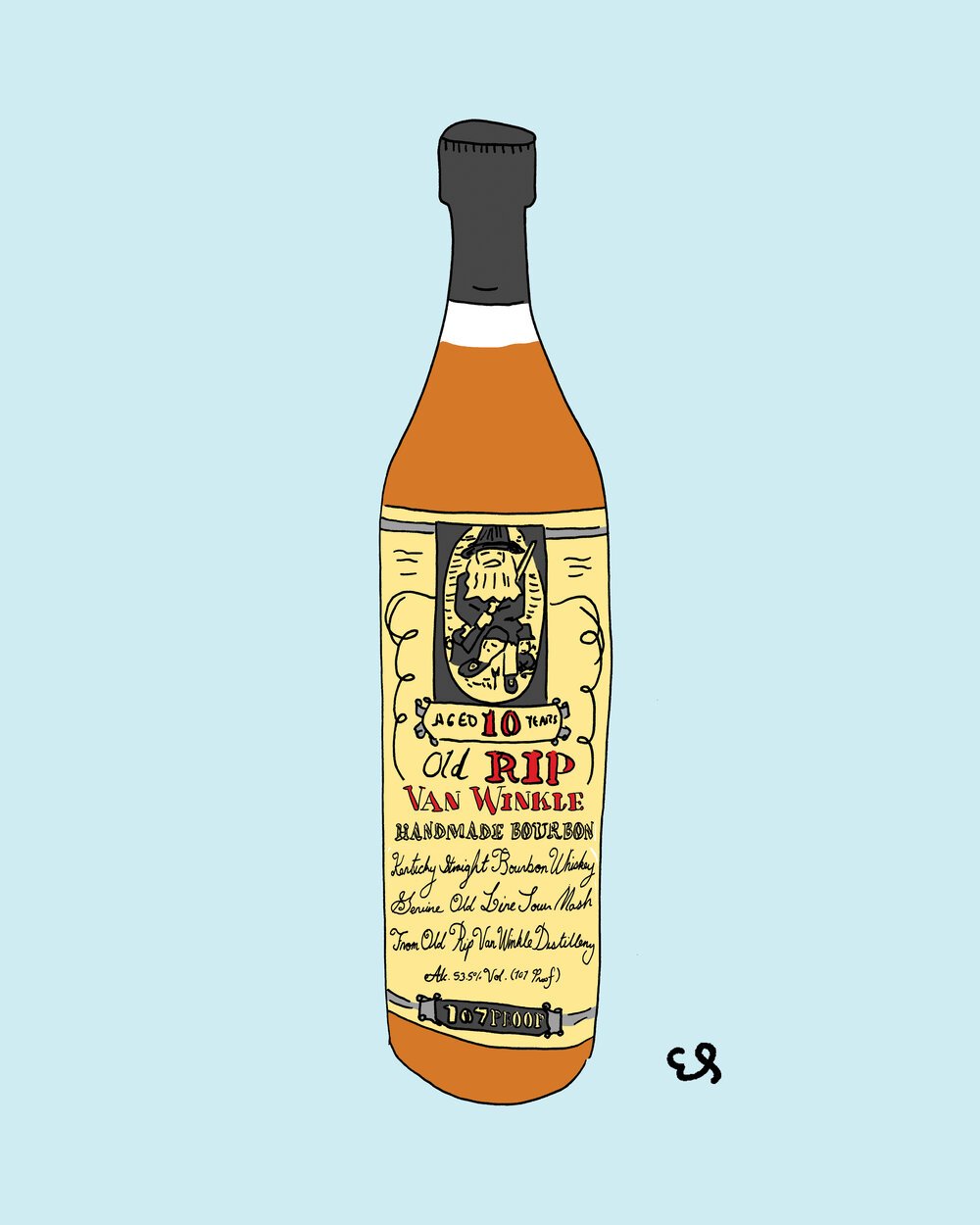Bourbon Art in Contemporary Society: Where Custom Fulfills Advancement
Bourbon Art in Contemporary Society: Where Custom Fulfills Advancement
Blog Article
The Significance of Whiskey Art in Celebrating Heritage and Workmanship in the Beverage Industry
The elaborate connection between whiskey art and the celebration of heritage and craftsmanship within the drink sector can not be overstated. Through thoughtfully designed labels and bottles, bourbon brand names envelop their historic roots and the artisanal skills that specify their manufacturing approaches.
The Historic Origins of Whiskey
At the heart of scotch's attraction lies an abundant tapestry of historical origins that trace back to ancient human beings. The beginnings of bourbon can be linked to the distillation methods of the Sumerians and Babylonians around 2000 BCE, where very early kinds of fermented grain beverages started to arise. It was in the Middle Ages that the art of distillation advanced dramatically, especially in Ireland and Scotland, leading to the production of bourbon as we understand it today.
The term "scotch" itself obtains from the Gaelic word "uisce beatha," indicating "water of life." This phrase underscores the cultural significance of scotch in Celtic societies, where it was usually connected with routines, events, and public bonding. By the 15th century, purification came to be an acknowledged craft within monastic areas, leading the method for the establishment of lawful distilleries.
As profession courses broadened, scotch's popularity expanded, going beyond local borders and capturing the rate of interest of aficionados worldwide. Bourbon Art. This historic journey mirrors not only the craftsmanship behind bourbon manufacturing however likewise its essential role in social and social contexts, marking it as a substantial beverage throughout history
Artistic Expression in Branding
Scotch branding stands as a compelling intersection of creativity and commerce, where aesthetic identity plays a vital duty in shaping customer assumption. The visual appeals of whiskey labels, packaging, and advertising products reflect not only the brand's story but also its core worths and heritage. Via imaginative expression, distilleries share a story that resonates with customers, stimulating feelings and triggering connections.
Using color, typography, and imagery in branding serves to differentiate products in a saturated market. Typical themes might stimulate a feeling of credibility and workmanship, while contemporary layouts can indicate technology and forward-thinking. This tactical artistic instructions enhances brand acknowledgment and commitment, allowing consumers to build a personal connection with the bourbon they pick.
Moreover, creative expression in branding usually functions as a celebration of local heritage. Distilleries frequently integrate neighborhood symbols or historic recommendations into their layouts, creating a local color that invites customers to take part in a more comprehensive cultural experience. Ultimately, the artistry behind bourbon branding not only enhances aesthetic charm however additionally enhances the general narrative of the brand, cultivating a deeper recognition for the workmanship and heritage ingrained in each bottle.
Craftsmanship in Container Layout
The virtuosity apparent in scotch branding extends past aesthetic identity to incorporate the workmanship associated with container layout. Each bottle acts as a vessel not just for the spirit within, however additionally for the story it informs regarding its high quality, custom, and beginning. The style process calls for meticulous focus to information, as elements such as closure, shape, and material contribute significantly to the overall understanding of the whiskey.
Craftsmanship in container layout includes choosing high-quality glass that go to my blog can improve the scotch's color and clarity, while additionally offering a tactile experience for the consumer. The silhouette of get redirected here the bottle have to be both cosmetically enticing and functional, frequently showing the heritage of the brand name. Numerous distilleries select unique shapes or printed logos that evoke a feeling of authenticity and history.
Additionally, the tag layout and typography play a crucial function in communicating the brand's narrative. Limited Edition. A well-crafted bottle not just mesmerizes the consumer's eye however likewise reinforces the brand's commitment to top quality and tradition. In this method, the craftsmanship of bottle layout ends up being an essential facet of the scotch experience, merging creativity with a profound regard for heritage
Social Relevance of Scotch Art
Commemorating custom and workmanship, the social value of bourbon art goes beyond mere visual appeals, linking with the social and historic stories of the regions where it originates. Each bottle functions as a canvas, depicting the distinct tales, mythology, and traditions that have formed local whiskey-making practices. The complex designs often mirror the heritage of the distillers, including symbols and themes that reverberate with the society and values of their communities.

Furthermore, bourbon art plays an essential role in communal gatherings and parties, working as a substantial web link between people and their shared experiences. By valuing the creativity in bourbon packaging, consumers grow a much deeper understanding and respect for the craft, inevitably enhancing their satisfaction of the drink itself.
Modern Trends in Bourbon Presentation
In the last few years, the presentation of whiskey has evolved to show contemporary tastes and patterns while still recognizing standard craftsmanship - Limited Edition. Distilleries are progressively focusing on aesthetic aspects that enhance the general drinking experience, connecting the space between heritage and modernity
Innovative container layouts have actually emerged, frequently incorporating lasting products and imaginative tags that inform compelling stories. Many brand names currently collaborate with local artists, instilling their products with unique aesthetic expressions that resonate with consumers. Additionally, limited-edition releases are frequently packaged in collectible containers, including worth and appeal for lovers.

Conclusion
To conclude, whiskey art works as a vital channel for revealing the heritage and workmanship inherent in the beverage industry. With elaborate branding, cutting-edge container designs, and culturally considerable imaginative components, bourbon brands properly honor their traditions and get in touch with consumers. This go artistic narrative not just raises the appreciation of whiskey yet additionally enhances neighborhood identification and pride amongst producers. Ultimately, bourbon art plays an important role in preserving and commemorating the abundant cultural tapestry of whiskey-making.


Craftsmanship in container layout involves picking premium glass that can enhance the scotch's color and clarity, while likewise giving a tactile experience for the consumer. In this method, the craftsmanship of bottle layout comes to be a vital element of the bourbon experience, merging virtuosity with a profound respect for heritage.
In verdict, whiskey art offers as a vital avenue for revealing the heritage and workmanship integral in the drink market.
Report this page